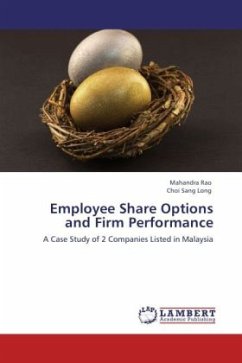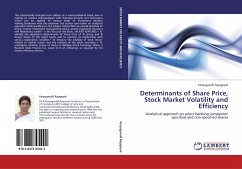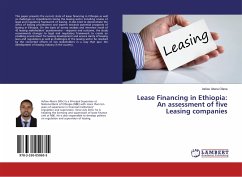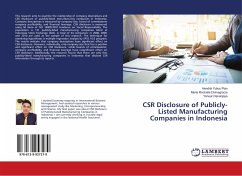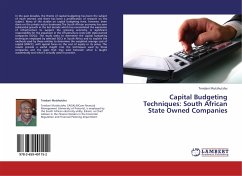
Corporate Governance of Share Companies in Ethiopia
Rethinking Legal and Institutional Frameworks
Versandkostenfrei!
Versandfertig in 6-10 Tagen
39,99 €
inkl. MwSt.

PAYBACK Punkte
20 °P sammeln!
In publicly held companies, which are constituted by contribution of capital from a number of shareholders, ownership usually separates from the control of dispersed shareholders and goes into the hands of few managers or few controlling shareholders. Total separation between ownership and control in turn creates a risk of the managers (agent) working for their own interest at the expense of the shareholders (principal). This book put forward that the separation between ownership and control is growing in Ethiopia; and submits some empirical evidence in support of adopting good corporate gover...
In publicly held companies, which are constituted by contribution of capital from a number of shareholders, ownership usually separates from the control of dispersed shareholders and goes into the hands of few managers or few controlling shareholders. Total separation between ownership and control in turn creates a risk of the managers (agent) working for their own interest at the expense of the shareholders (principal). This book put forward that the separation between ownership and control is growing in Ethiopia; and submits some empirical evidence in support of adopting good corporate governance laws and institutions in this regard. Based on the available literature and data on the subject matter, it attempts to show the deficiency in the Ethiopian Commercial Code and other pertinent proclamations and directives in addressing current issues in corporate governance related to board of directors, protection of rights of minority shareholders and issues regarding financial reporting, transparency and audit.




